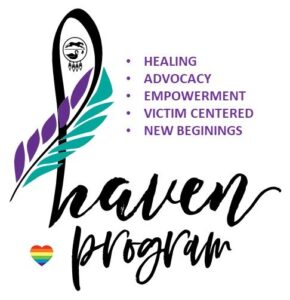Hello Everyone,
I hope everyone is doing well. This week, in observance of Sexual Assault Awareness Month, I wanted to discuss some things regarding Online Sexual Abuse.
Online sexual abuse can be any type of sexual harassment, exploitation, or abuse that takes place through screens.
Forms of online sexual harassment or abuse include:
- Sending someone unwelcome communication about sex or hateful comments based on sex, gender identity, and/or sexual orientation.
- Sending partners, friends, acquaintances, or strangers unwanted requests for nude photos or videos or to livestream sexual acts.
- Performing sexual acts on webcam without the consent of everyone involved or in inappropriate settings (like during an online class or online work meeting).
- Sharing private images or videos without the consent of everyone involved (also known as revenge porn or non-consensual pornography — which, as of February 2021, is illegal in 46 states plus Washington, D.C.).
- Sharing porn in spaces where not everyone has consented to view it (for example, in inappropriate spaces like Zoom meetings, where this is also called Zoombombing).
- Grooming children to enable their sexual abuse either online or offline.
As technology has evolved to become part of our everyday lives, our awareness of ways it can be used to bully, threaten, and abuse has grown as well. Just over the past few decades, terms such as “sextortion,” “revenge porn,” and “doxing” have entered the public lexicon. Other examples of common abusive behaviors online include creating or posting child sexual abuse materials (sometimes called child pornography), online harassment, or posting unsolicited explicit images.
These examples represent just a fraction of the ways that consent and boundaries can be violated online. Some acts are identified as criminal under the law, others violate policies put in place by online platforms (like Zoom or Instagram), while still too many acts of sexual violence online are normalized and not taken seriously.
Sometimes violence is initiated online and then takes place in person, and in other instances, the violence takes place entirely behind screens. Even though the abuse occurs virtually, the impact on the victim, their loved ones, and the community can be just as harmful as sexual violence committed in person.
The reality is that online sexual abuse is influenced by the same attitudes and beliefs that lead to sexual violence committed in person. These shared risk factors include social norms that directly or indirectly condone violence; traditional harmful ideas about masculinity; and attitudes that devalue and degrade women, LGBTQ people, people with disabilities, and other marginalized communities. A safe online space is one that is inclusive, where everyone is treated with respect and dignity.
To find out more you can visit: https://www.nsvrc.org/
If you or someone you know is a victim of Domestic Violence, please encourage them to reach out for help.
HAVEN Program: 918-55HAVEN (554-2836)
National Domestic Violence Hotline: 1-800-799-7233
Strong Hearts Native Helpline: 1-844-762-8483
Thanks for reading this week. We hope you all have a safe weekend. 😊





